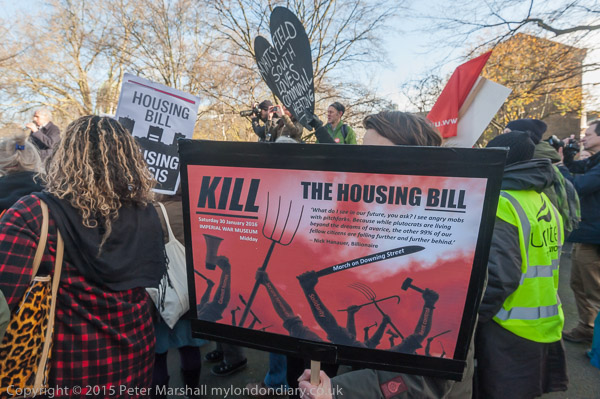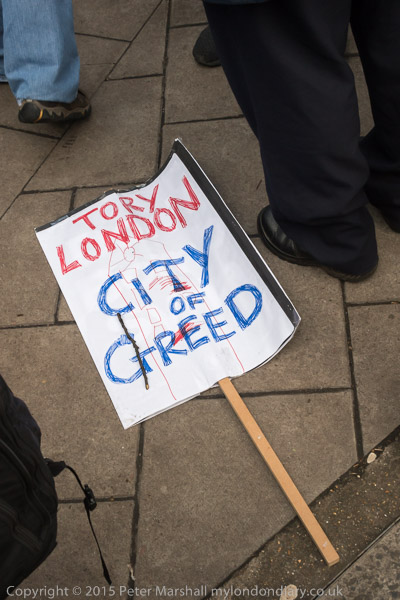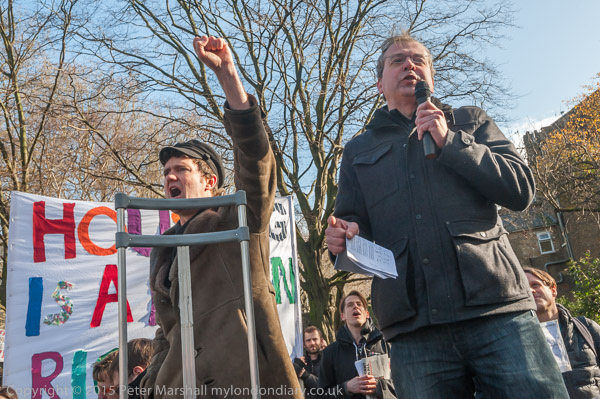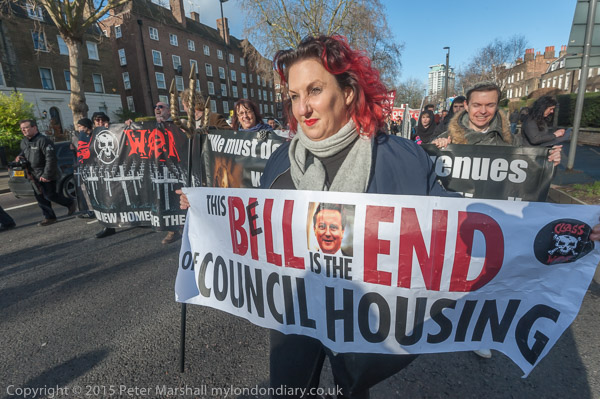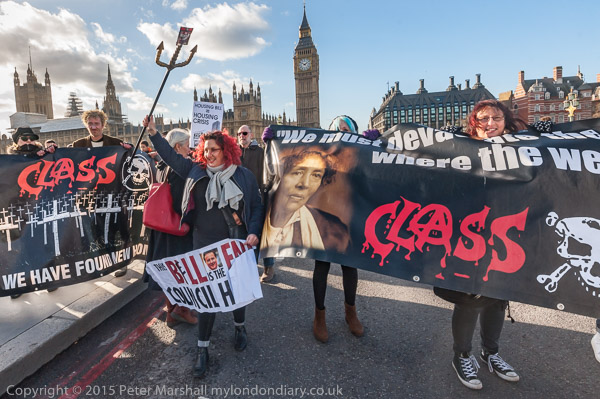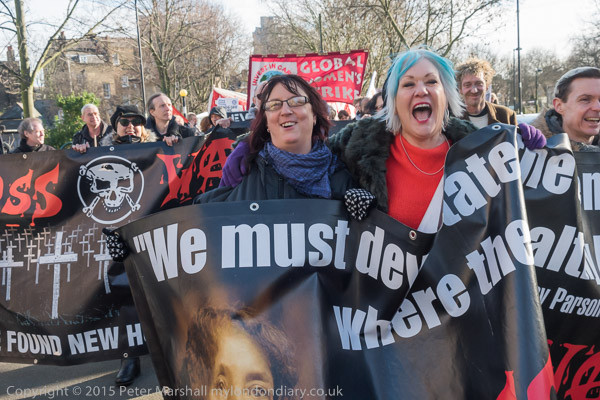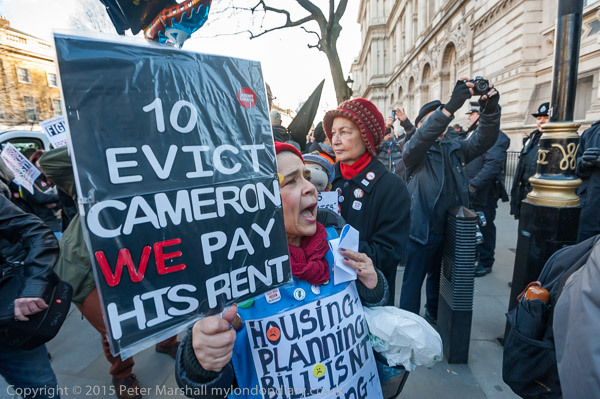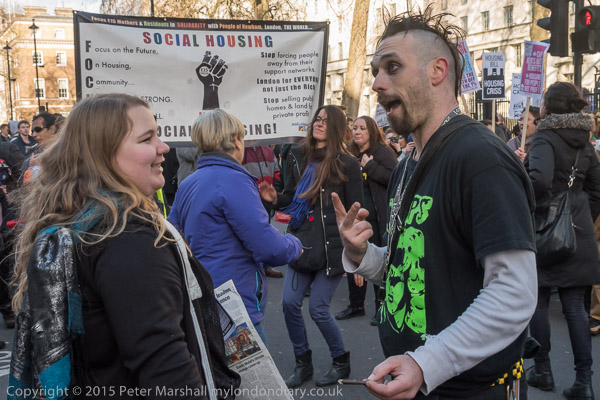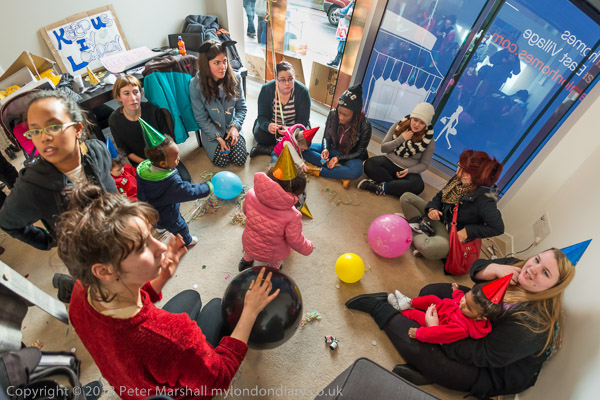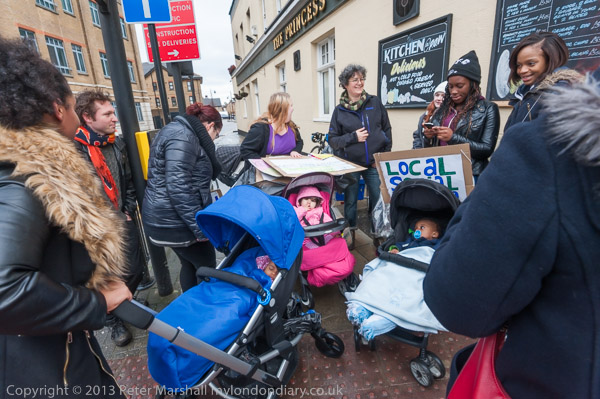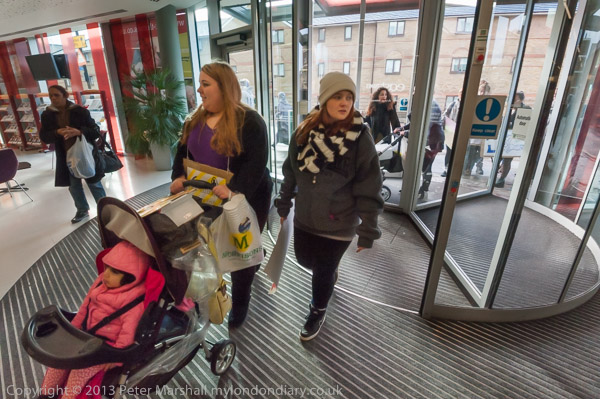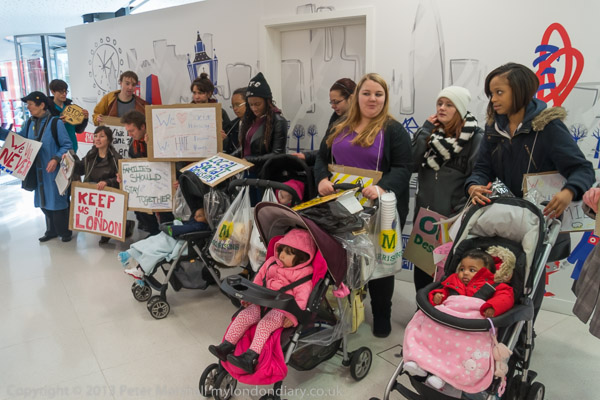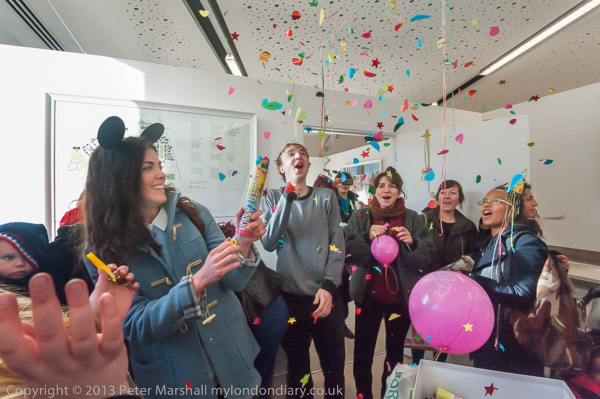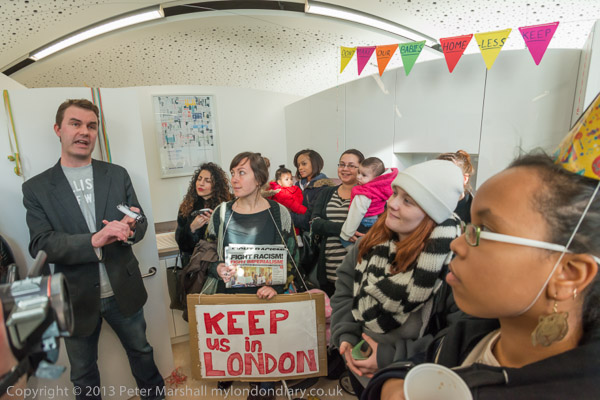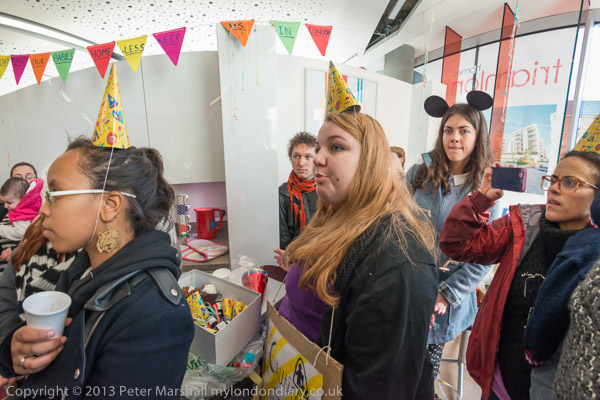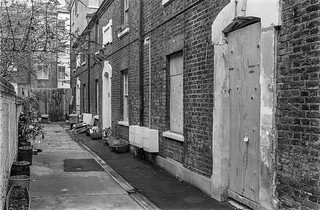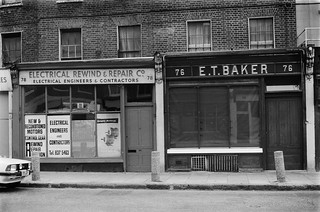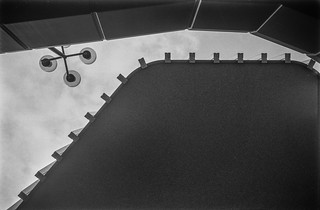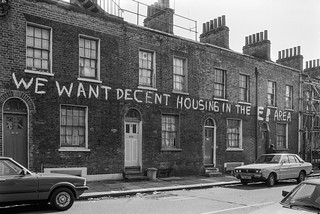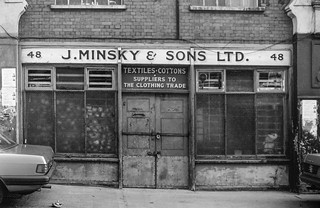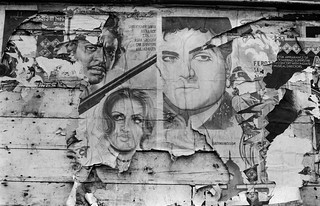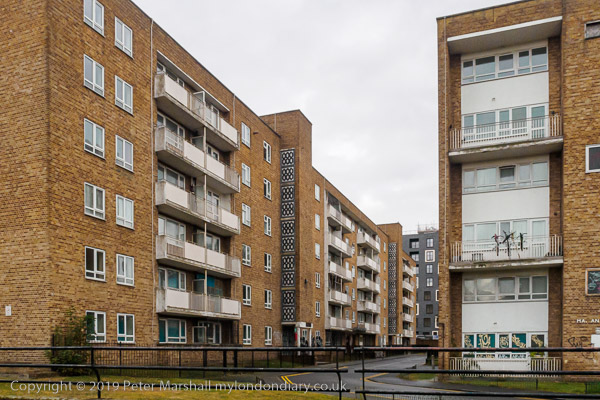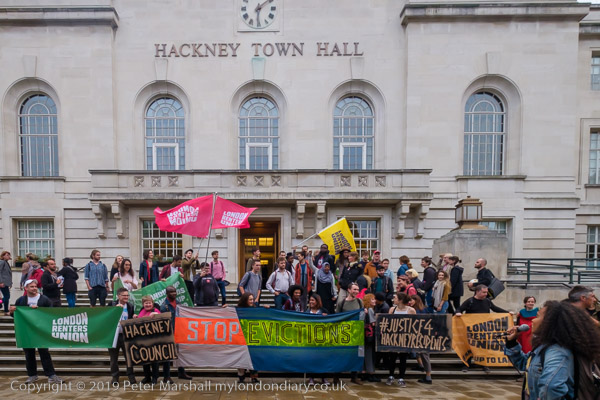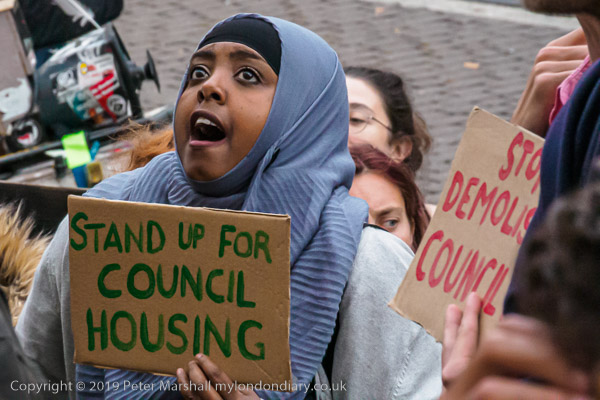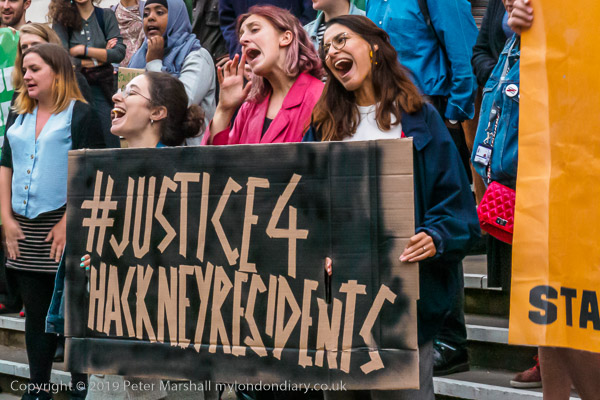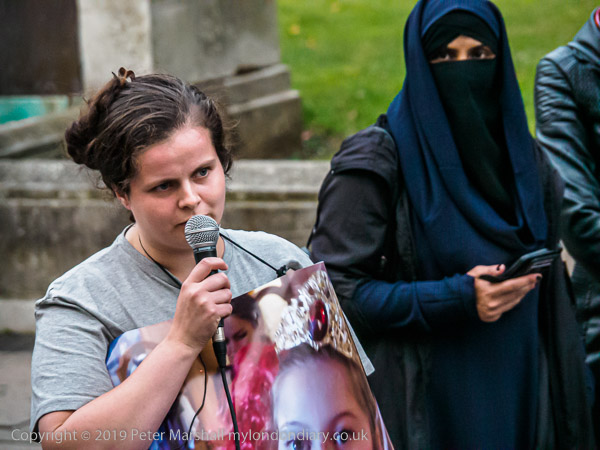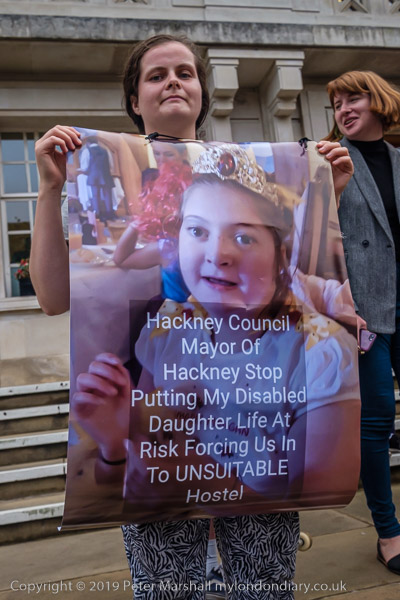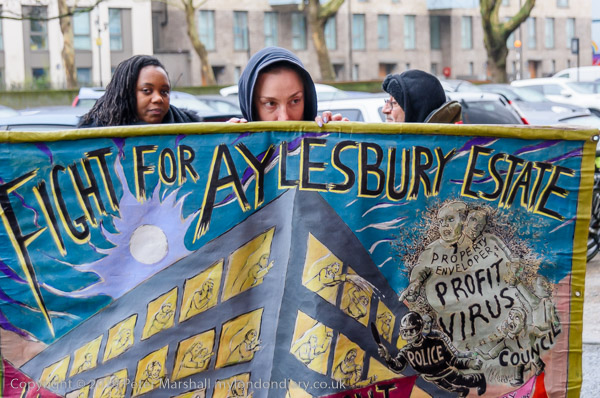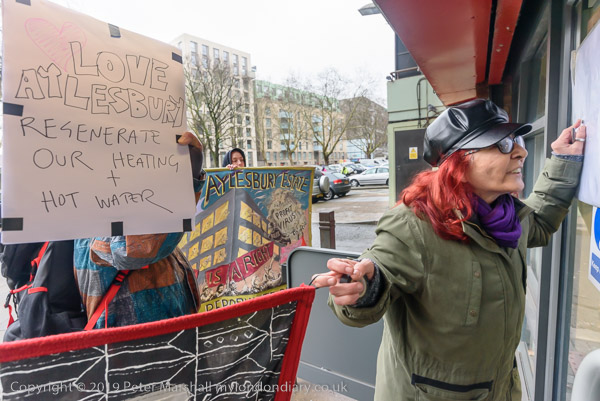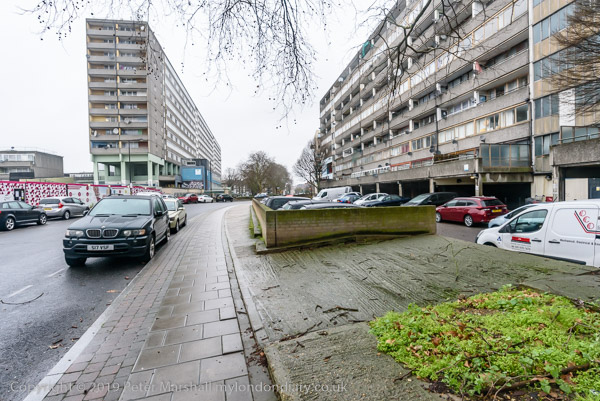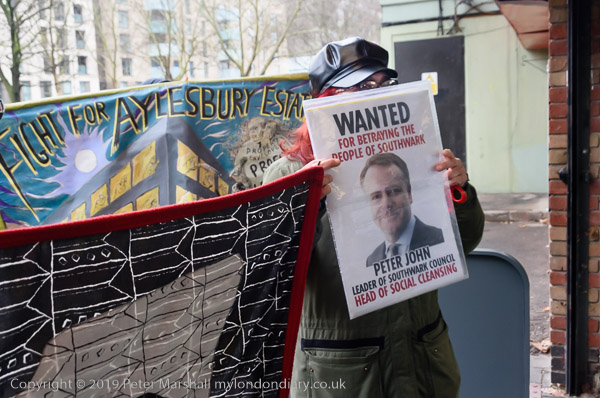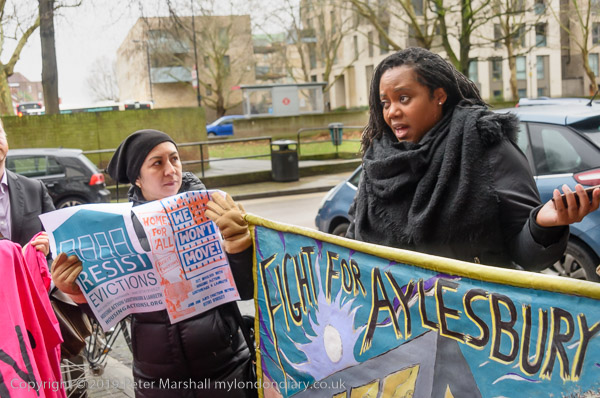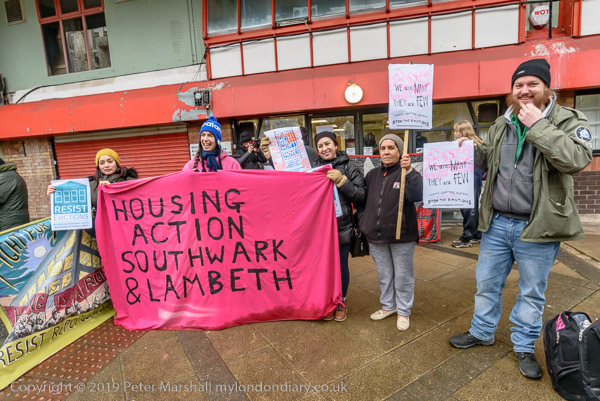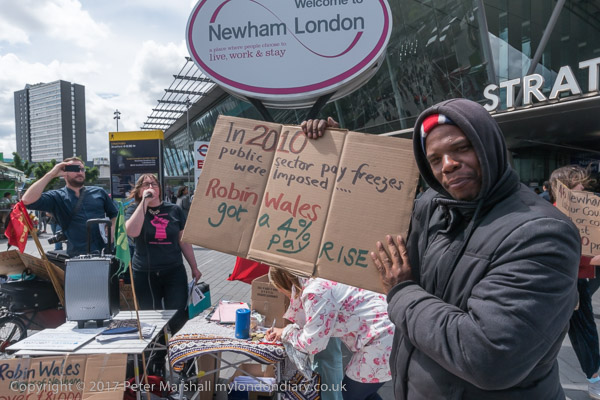
Probably the question I’m most often asked about my photographs of protest is how I find out what is happening. Back in the old days of the last century it was difficult, and I photographed far fewer events. I’m not sure if there were fewer protests, though I think so, but it was certainly then much harder to find out about them. Apart from the printed newsletters and magazines of organisations there were posters pasted illegally on mainly derelict sites around parts of London and the flyers that were handed out at one protest about others in the following months. And word of mouth, again mainly from people I met at protests.
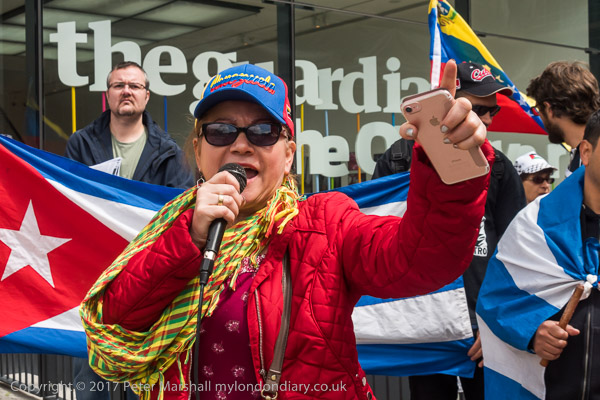
With the Internet, and in particular the World Wide Web and web browsers things began to change, though fairly slowly at first. Organisations slowly began to have web sites and advertise their protests on them; others set up e-mail lists and in 1999 Indymedia began. Google had been founded a year earlier, but there were other search engines more prominent for some years; at the time I was earning money writing for a commercial web site and much of my work depended on web searching to find content to write about – and I also searched for protests, building up a long list of useful sites.
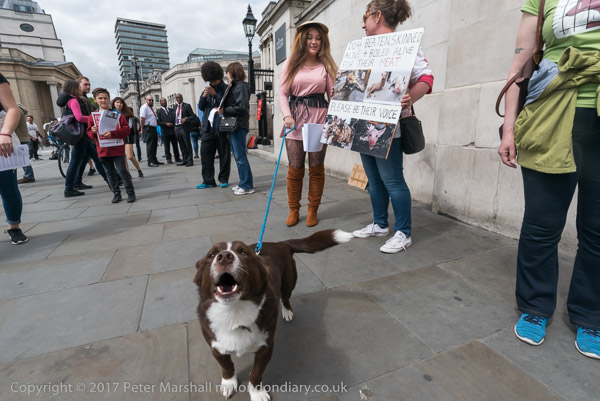
Over the next few years, Google came to dominate web searching and social media began to be more important. By around ten years ago most protests had become Facebook events and much of my diary could be filled in by a search through the events on that platform. Also as I put more of my photographs on-line, at first through Indymedia and later through Facebook and Demotix, I began to get more and more invitations by e-mail and through Facebook to events, some in London and others around the country and world I could not possibly attend. And of those that were in my area I could only cover a fairly small fraction, generally those I saw as most important.
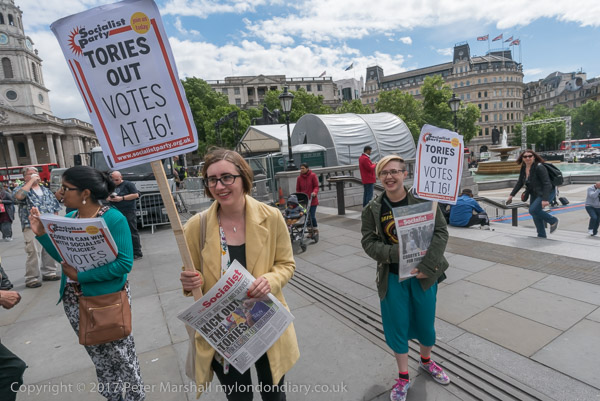
But there were and are those protests I came across by accident, often when covering other events. I’m not sure now whether or not I was aware that 20th May 2017 was Fight Dog Meat Kindness and Compassion Day, but while I’m against torturing animals I would not have gone out of my way to photograph the End dog and cat meat trade protest but was there in Trafalgar Square for Teen Voice says votes at 16, where young people were saying it was unfair they had not been able to vote in the Brexit referendum – while they can work, pay taxes and even join the armed forces they had no say in a decision which will effect their future to an arguably greater extent than anyone who voted.
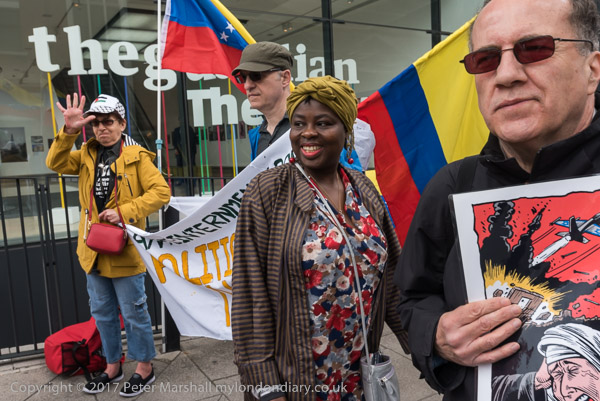
The protest at The Guardian newspaper was very definitely in my diary, and I was saddened by their coverage of events in Venezuela, which has consistently taken the side of the right-wing middle class in that country against President Maduro and his predecessor Hugo Chávez whose reforms have done so much, decreasing poverty, providing free health care and education, devolving power into the hands of local collectives and building homes for the working class. While reporting on the ‘pro-democracy’ protests which are part of a US-backed right-wing coup it has failed to report their attacks on hospitals, schools and socialist cities which have led to many deaths and the mass demonstrations in favour of the government by working class supporters.

Thanks to the Jubilee Line I was able to travel on to Stratford to photograph Focus E15 launch The Newham Nag, a handout giving some of the facts about Newham Council which somehow were not included in the council’s glossy information sheet. Newham has more homeless than any other local authority in England – one in 27 residents – and more evictions from rented accommodation than any other London Borough. As well as failing housing policies with many homes deliberately kept empty for over ten years, Mayor Robin Wales is also responsible for huge and disastrous expensive long-term loans which mean 80% of council tax from Newham’s residents goes directly in interest payments to the banks.
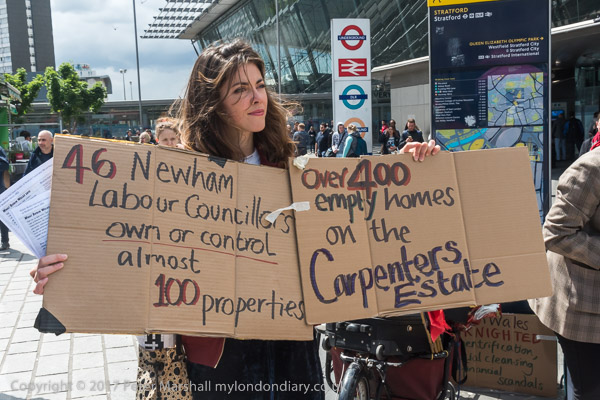
The protesters here on the wide plaza in front of Stratford Station were harassed by both police and Newham Council officers who made the ridiculous claim they were causing an obstruction in the large uncrowded area and issued them with a £100 fixed penalty notice, part of the ongoing attempt by Newham to silence Focus E15 who continue to throw a spotlight on the activities of Newham Council and Mayor Robin Wales, both a disgrace to the Labour movement. Eventually even Newham Labour could no longer stomach another term for Robin Wales, though his successor has yet to greately improve matters.
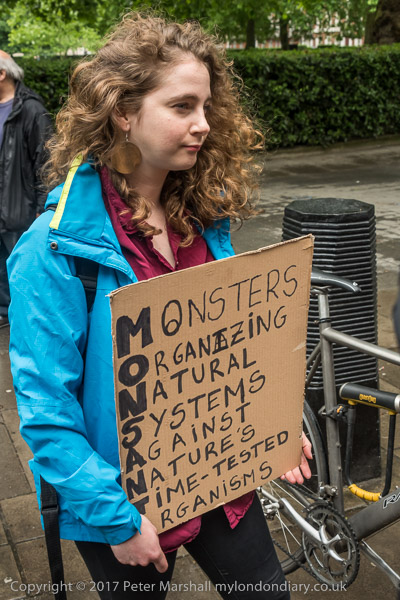
Finally it was back on the Central Line to Grosvenor Square, still then the home of the US Embassy, where March Against Monsanto was protesting – along with others in an international day of protest – against the use of genetically modified organisms (GMOs), glyphosate-based herbicide Roundup, dangerous bee-killing neonicotinoid pesticides, and the need for improved protection victims of multinational corporations. It turned out to be a disappointingly small protest even though the then ongoing secreetive TTIP trade talks between the EU and the USA could have lead to a deal which would override our national laws which protect our health and safety and endanger the integrity of our food supplies as well as banning or greatly restricting the traditional practice of farmers saving their own seeds.
March Against Monsanto
Focus E15 launch The Newham Nag
End media lies against Venezuela
Teen Voice says votes at 16
End dog and cat meat trade
All photographs on this and my other sites, unless otherwise stated, are taken by and copyright of Peter Marshall, and are available for reproduction or can be bought as prints.
